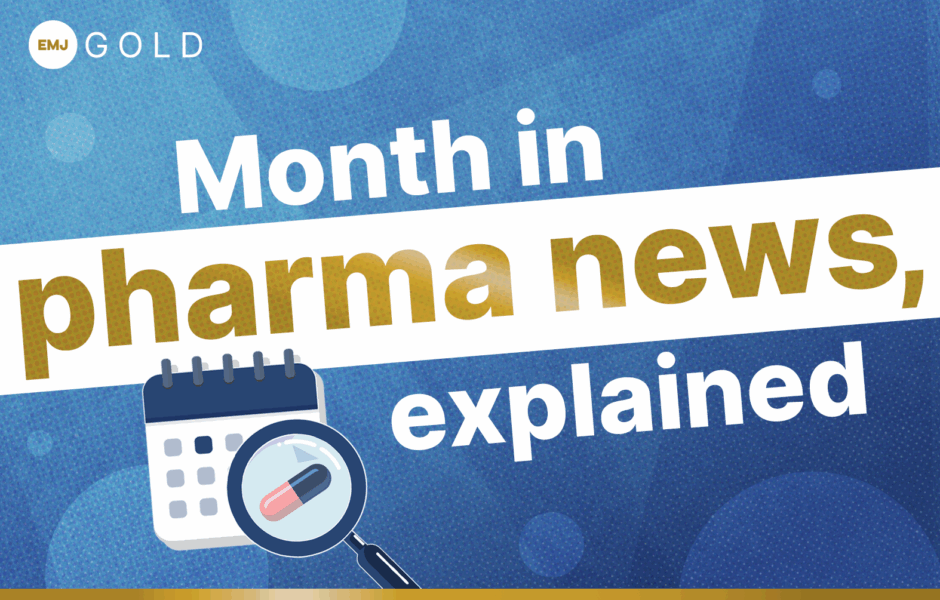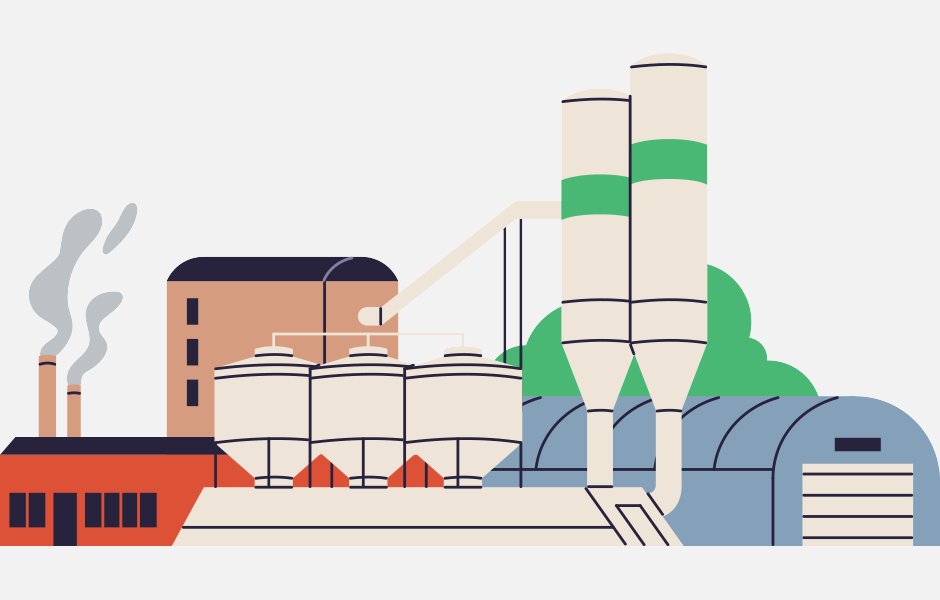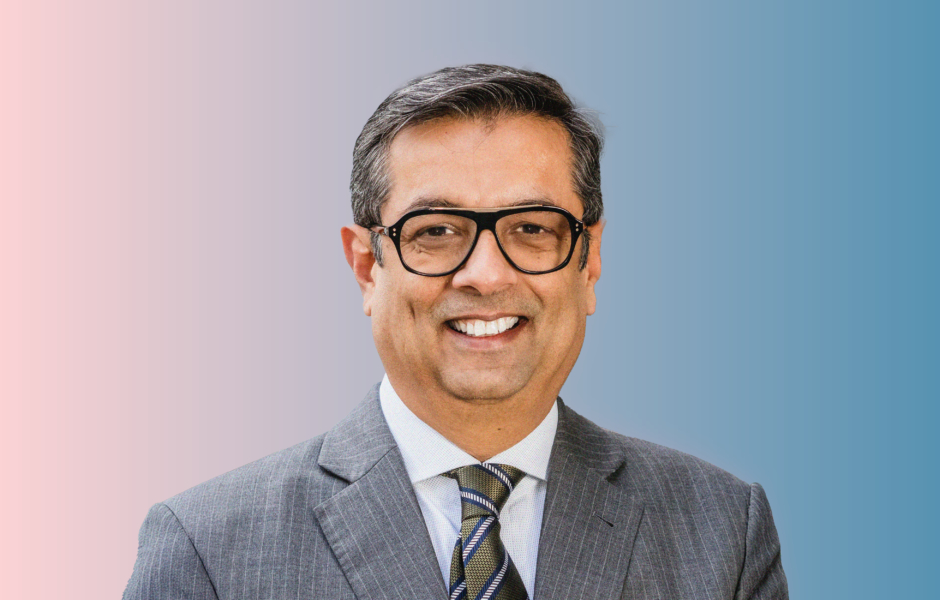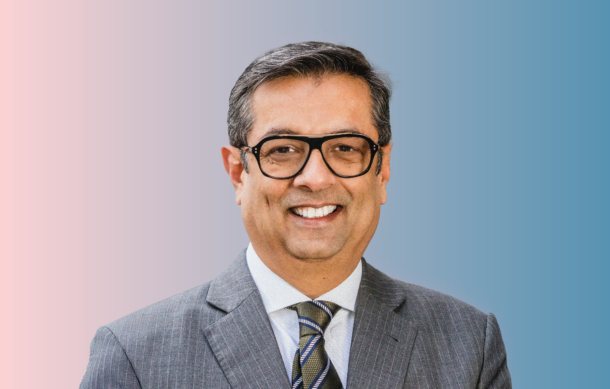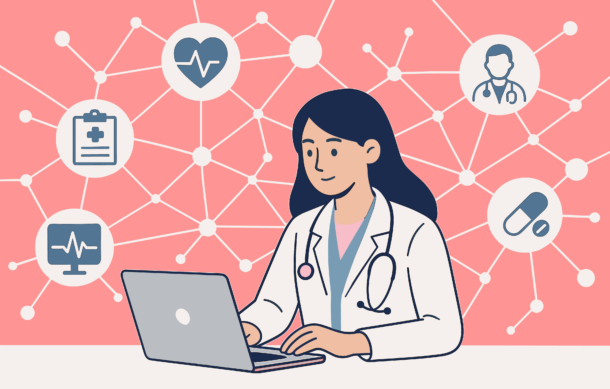Welcome to your brand-new monthly news roundup, where we don’t just look back at the top moments to hit the headlines, but unpack the stories behind them and the context that matters
AI in the waiting room
A new study has flagged the risks of patients turning to ChatGPT for medical advice, warning of inaccuracies and misinterpretations that could put people in harm’s way. It’s the latest sign of a familiar tension: technology arrives fast, safety nets follow slowly. Vox reports that one in six US adults already use chatbots for health questions, underscoring how deeply they’ve entered everyday care. But without access to full medical histories, AI responses tend to be overly broad, missing critical details such as chronic conditions, medication interactions or warning signs of serious disease. Recent cases of hospitalisations linked to faulty chatbot guidance highlight the danger of that “almost right” zone – helpful enough to feel convincing, yet incomplete enough to risk lives. And while AI is pushing the boundaries of care, it’s not the only space where science is moving faster than systems can keep up.
GLP-1 fever spreads
It would be hard to miss the ongoing GLP-1 gold rush. A new report from Phesi revealed that trials are underway across more than 100 diseases, spanning diabetes, cardiovascular issues and beyond. The appetite for these therapies is immense, and the race to innovate – and dominate – is only intensifying. Already, real-world data shows that around one in four patients prescribed GLP-1 drugs don’t have type 2 diabetes, highlighting the growing off-label use for weight loss and other indications. For pharma, this rapid diversification is both opportunity and headache: scaling production, handling supply constraints and navigating regulatory grey zones. As the pipeline broadens, pressure is mounting on where and how these therapies are made – which brings us neatly to the political storm brewing in Washington.
Trump finally reveals tariffs
Donald Trump’s long-trailed tariff announcement finally landed this month: a sweeping 100% duty on imported branded medicines from 1 October 2025, unless manufacturers already have US plants under construction. The intent is clear – bring production to America or pay the price. Industry voices have pushed back, with PhRMA warning that “every dollar spent on tariffs is a dollar that cannot be invested in American manufacturing or the development of future treatments and cures”. Still, companies are moving fast to show willing. Just this week, AbbVie said it had “broken ground” on a new US facility, and others are making similar moves. The bigger question is whether tariffs can be implemented without slowing access, disrupting supply or stifling innovation, which shows no sign of letting up.
Honourable mention of the month
If tariffs and trials weren’t enough, the sector also saw a frenzy of dealmaking in September. MSD struck a $10bn deal for Verona Pharma to expand its cardio-pulmonary pipeline, Roche scooped up 89bio for $3.5bn to boost its metabolic disease portfolio, and Pfizer jumped back into the obesity race with a $4.9bn swoop on Metsera. The sums are vast but the strategy is crystal clear: buy into high-growth therapeutic areas, lock down late-stage assets and hope the bets pay off before the patent cliffs hit. It’s a reminder that in pharma, whether through labs, legislation or large cheques, the race never really stops – it just shifts lanes.

